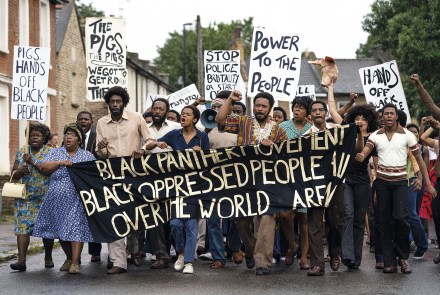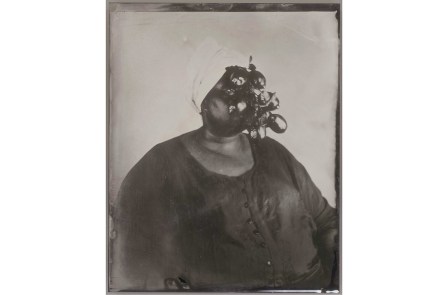Tea and treachery: Sheep’s Clothing, by Celia Dale, reviewed
‘It was a nice way of living,’ huffs Grace, the fiftysomething anti-heroine of Celia Dale’s devilishly dark 1988 novel Sheep’s Clothing, republished by Daunt Books. Recently released from Holloway prison, and using a demure headscarf and twin-set as cover, Grace teams up with Janice, a former fellow inmate, to rob elderly women. Disguised as social workers, and armed with an illicit supply of sleeping pills, they are after pension money stashed under mattresses, trinkets in shoeboxes and polished candlesticks on mantelpieces. The victims, invariably women (‘even an old man could be surprisingly strong’) often welcome the thieves, happy to have someone to ‘talk at’ and a cup of tea made




